Bloodbath's guide to death metal guitar
The horror, the history and the HM-2
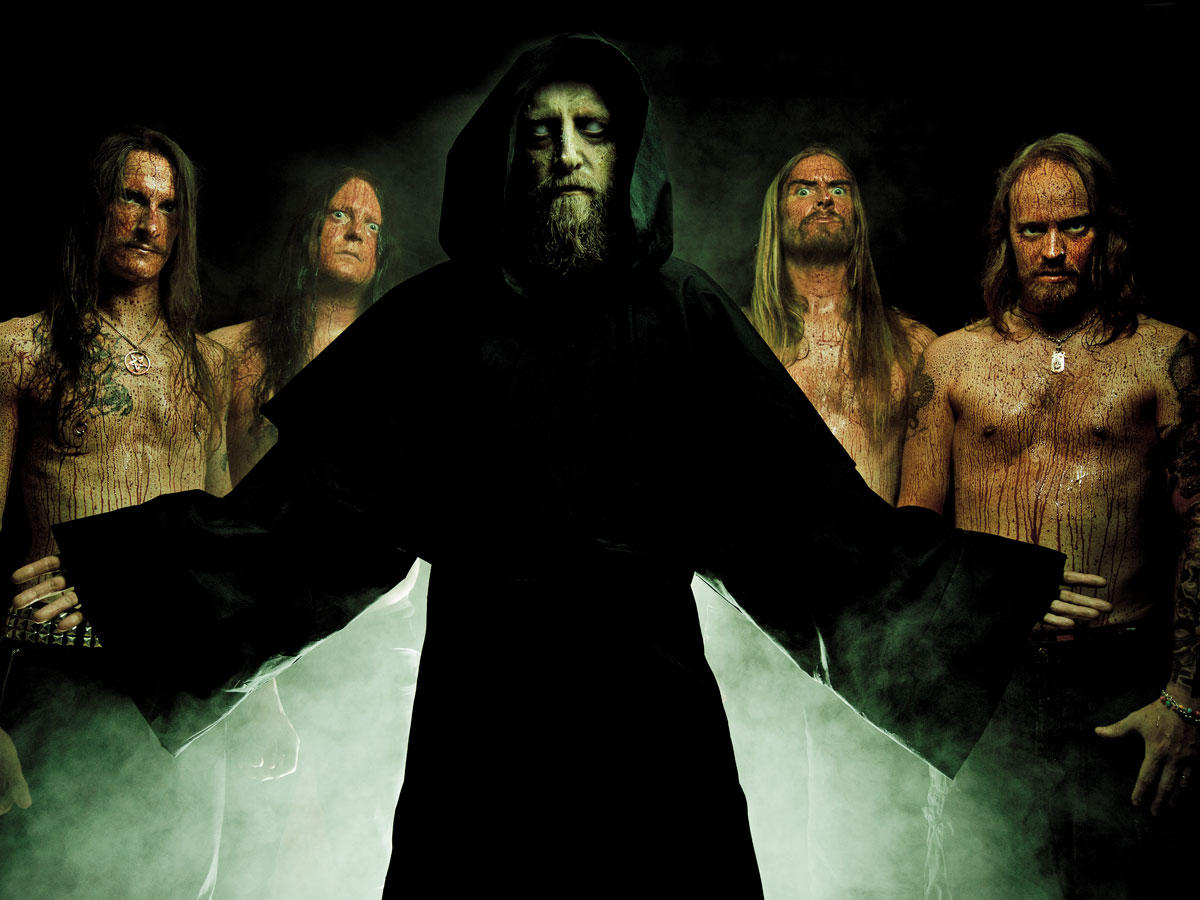
Introduction
Anders ‘Blakkheim’ Nyström of old-school death metal supergroup Bloodbath walks us down the left-hand path for a guided tour of metal’s most extreme frontier...
Bloodbath were formed in 1998 by Katatonia’s Anders Nyström and Jonas Renkse, Opeth’s Mikael Åkerfeldt, and legendary Swedeath producer Dan Swanö. They have had their line-up changes through the years, yet remain a single-issue party.
They play old-school death metal in the tradition of Entombed, Dismember et al from the Stockholm death metal scene - with a soupçon of Florida death metal in there, too.
Their fourth LP, Grand Morbid Funeral, sees Paradise Lost vocalist Nick Holmes join the band, and features guest appearances from Autopsy’s Chris Reifert and Eric Cutler, but remains quintessentially Swedish. And with a metal guitar tone that’s rotting off the bone, Nyström and Per Eriksson’s warped riffs and haunting melodies, it remains quintessentially death metal.
Birthed awkwardly in the US by bands such as Possessed, Death and Morbid Angel, death metal was fermented and perfected in the cold of a Scandinavian climate that Nyström calls home. There’s no better guide to the essentials of the genre, so we’ll leave you in capable claws as he guides you through...
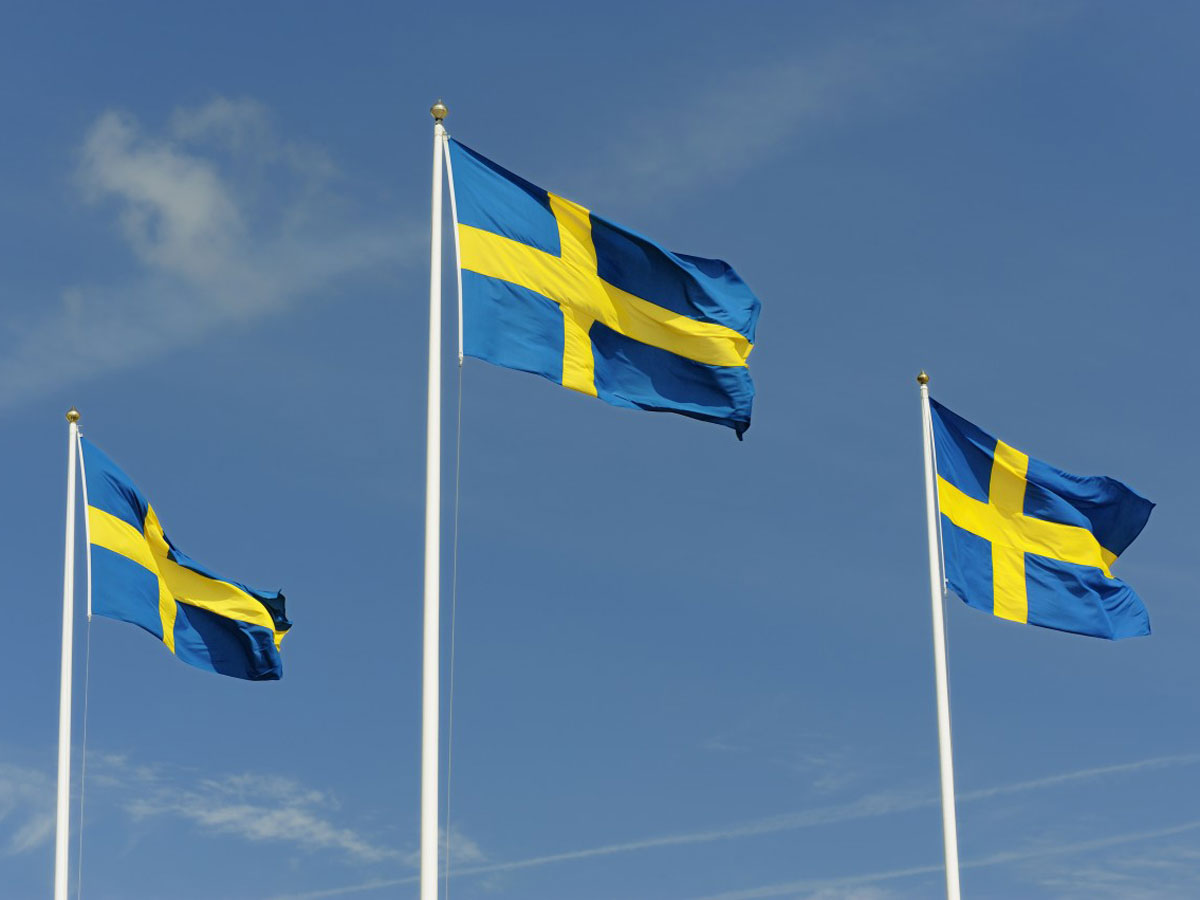
Keep it Swede
The Scandanavian country where death metal is a national obsession
"When I compare other countries’ scenes, there is no healthier scene than Sweden’s when it comes to musicians. There are kick-ass bands in practically every town in this country, and there always have been. I remember going to concerts back in the day and you just had to look around and you saw all these guys from different bands.
"There is no healthier scene than Sweden’s when it comes to musicians"
"In the black metal, thrash and death metal scenes, there was never this gap between the band and the fans. Everybody played. Some were on a bigger level but they always mingled with the audience, always. Everybody starts really early up here. Everybody wants to be as good as all the guys they looked up to in school, and with the way our community is built up you get a chance early on...
"You can borrow and rent equipment fairly cheaply, so it is a good opportunity if you are a young kid to jump on that bandwagon and have fun with it. I think the whole underground movement settled down here in Stockholm as a scene itself with bands like Nihilist, Unleashed, Dismember, Grave. There were tonnes of them. Then you finally knew you were into something that was going to last."

A Boss HM-2 Heavy Metal Distortion pedal is essential
It’s cheap, sounds nasty in all the right ways and is the touchstone for Swedish death metal guitar tone
"The Boss HM-2 is the holy grail of death metal. There is no other pedal that has meant as much to this genre. It has been described as a chainsaw or a buzzsaw, and I think that’s a good comparison; it is a chainsaw formed into a guitar sound.
"It is a chainsaw formed into a guitar sound. how can you go beyond that?"
"How can you go further? how can you go beyond that? You can’t. It is the most essential sound in death metal of all time, and the bands who have adopted that were always going to be unbeatable in a sense.
"Other bands had outstanding performers and musicians, and kick-ass songs, but if they didn’t have that sound they were still sub-par in some way. and this pedal has meant everything. We’ve had it on every recording we’ve done... On this latest album, we didn’t hold anything back; we went with the most extreme approach with the pedal that we have ever done."

Stockholm vs Gothenburg
Know your scene: Stockholmers like their death metal here, and their melody way over there
"I think there was always a big divide between the Stockholm [pictured] and Gothenburg scenes. The Gothenburg scene [including In Flames, Dark Tranquillity, At The Gates, Soilwork] seemed to be way more into the melodic aspect; I don’t think they ever went for the brutality in death metal.
"If you overdo the melodic aspect within death metal you’re definitely going to chop off an important element"
"Of course, there were bands who were mixing it up pretty good. You had bands like Grotesque, which led to At The Gates, but in some ways they kept the tradition of [heavy metal] - I don’t want to say the cheesy element but the hyper-melodic element of it all.
"And, for me, if you overdo the melodic aspect within death metal you’re definitely going to chop off an important element, an essential element of death metal, and that is the darkness. The whole eerie, dark element of death metal is to not go too melodic.
"Yeah, I’m really proud to be from the Stockholm scene when I talk about that because I think the Stockholm underground death metal scene really did good in keeping justice to the whole true promise of death metal."
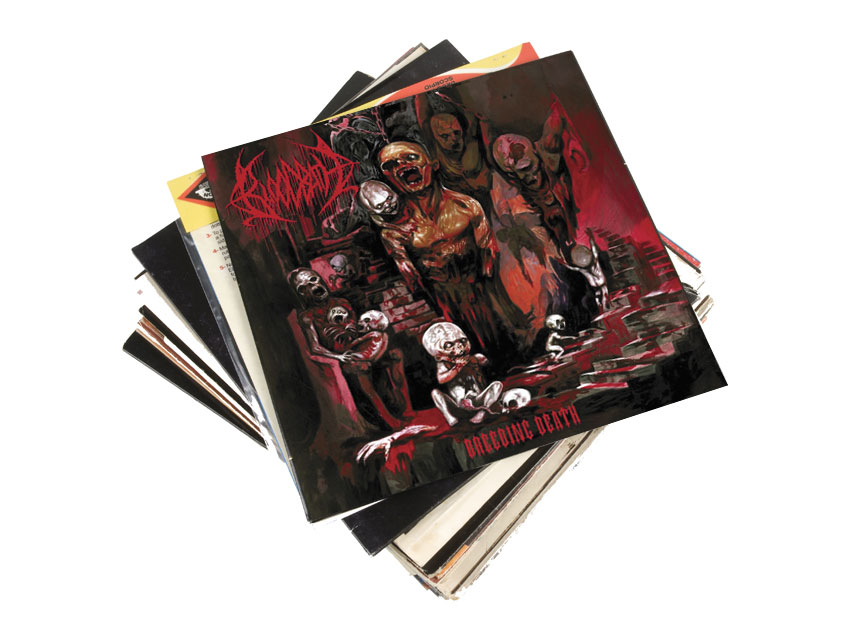
Death metal must come from the gut
While technicality has played its part in pushing the genre forward, your primal instincts are crucial.
"There has always been a lot of spontaneity with Bloodbath. The whole project was formed over two days, while we also recorded our first EP [Breeding Death] in that time.
"If you just sit there and drag things out... you’re not going to maintain that kick-ass vibe"
"We actually wrote and recorded that entire EP in two days, and that just shows that if you are with a like-minded bunch of people who all have their history within death metal, all are capable with their instruments, then of course you can knock out professional death metal in no time at all.
"We like things to be rapid; it keeps the magic going. If you just sit there and drag things out, you are going to lose interest in everything and you’re not going to maintain that kick-ass vibe. Knock it out fast and no regrets."
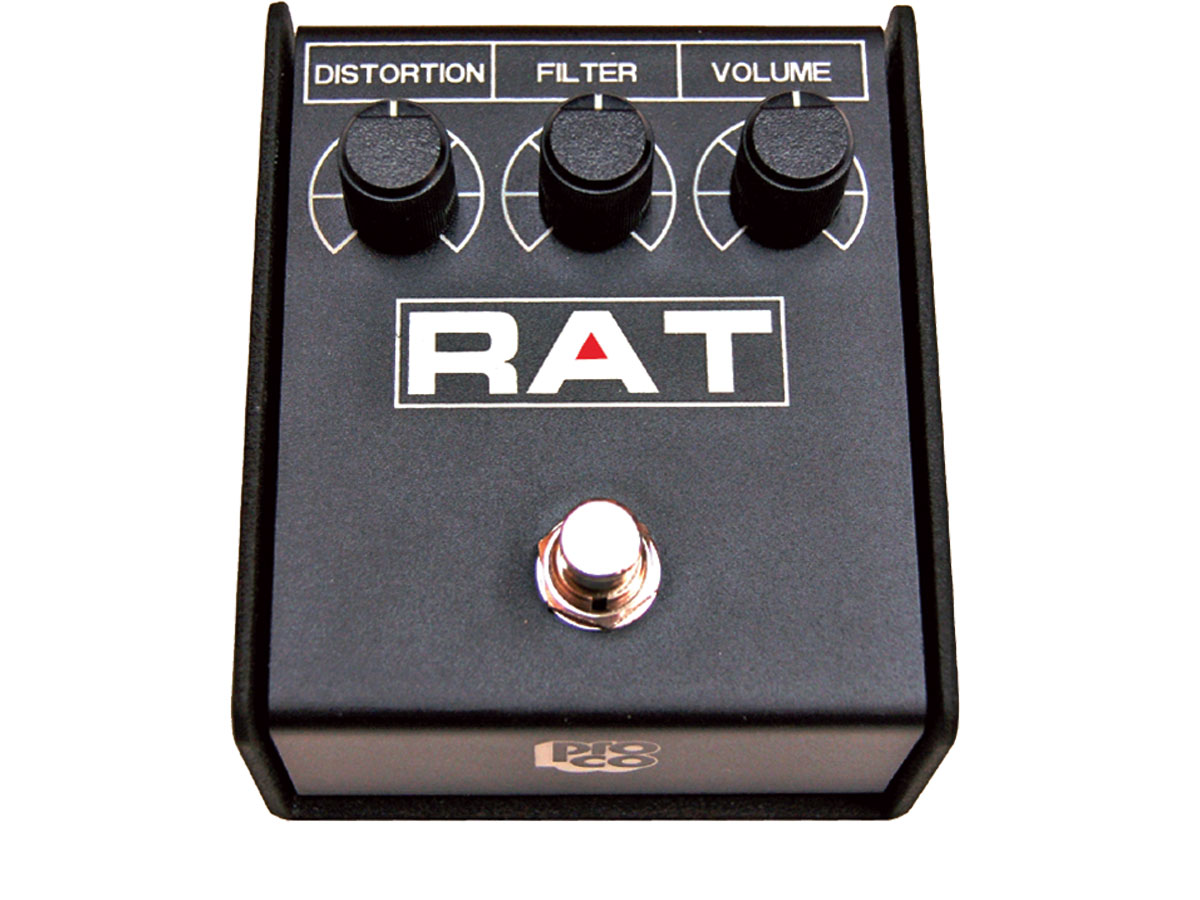
Experiment
There are no rules in the pursuit of a truly necro guitar tone...
"Imagine if the guy from Nihilist hadn’t have crossed that HM-2 pedal with that amp to find that overload of sound?"
"It’s all about experimenting. Imagine if the guy from Nihilist hadn’t have crossed that HM-2 pedal with that amp to find that overload of sound? I recently watched Obituary live and Trevor Perez was the only guy I’ve seen having the RAT [distortion] pedal going into a JCM800, and with a Fender Strat!
"It’s such a cool setup. I mean, you never see any other death metal band with that setup. They really found their niche there and have a sweet sound; it’s all about that neck pickup, that muddier sound. It’s very influenced by Celtic Frost, and it suits Obituary as well."
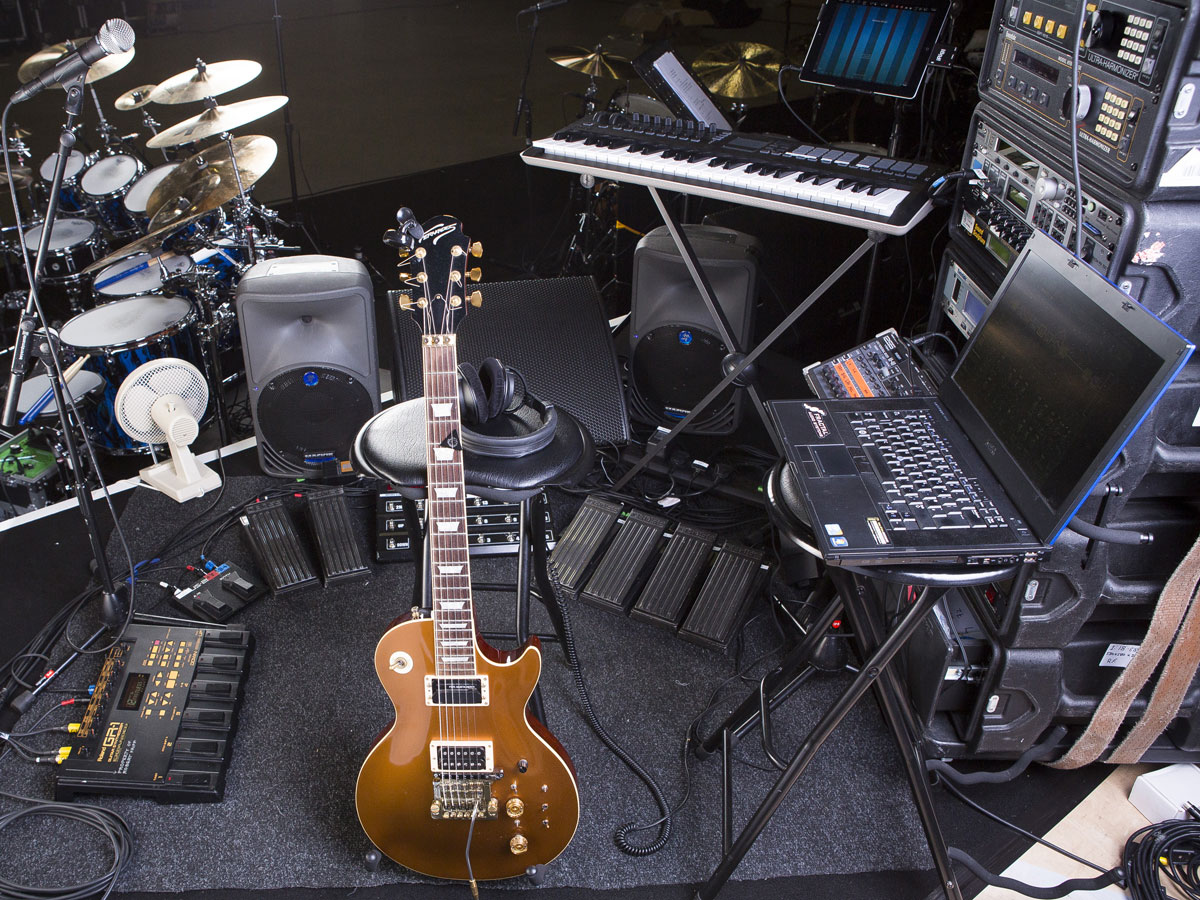
You don't need a stack of gear
When on the clock with Bloodbath, Anders pares his rig back to the bare essentials.
"The essential thing is a guitar running through the Boss HM-2 pedal and into any kind of good amp"
"With Katatonia the effect need is endless. There is a big array and variety of effects needed to play each and every song on an album. It’s quite rewarding to step into the shoes of Bloodbath because you have your guitar, you have your pedal, and you plug it right into an amp and there you are; you are set for death metal. The essential thing is a guitar running through the Boss HM-2 pedal and into any kind of good amp.
"I’ve been using a lot of different amps - the original recipe was to have a Marshall JCM800 or a Peavey Bandit - that was what they used at Sunlight [Studio] during all those recordings. But I used it together with a Mesa/Boogie Rectifier. I used it recently with a Blackstar Series One, and I’ve used it in line with modelling software. You can find different approaches but you definitely need that pedal."
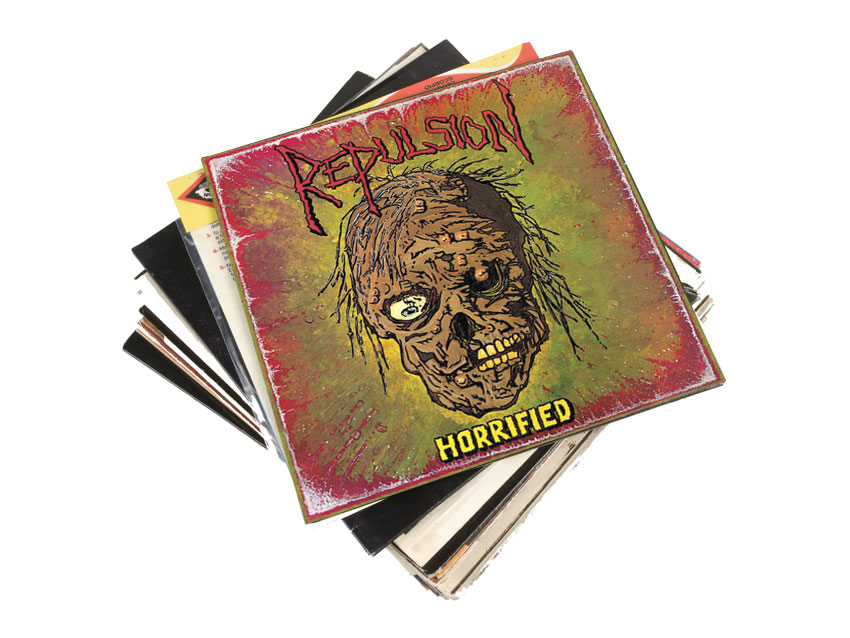
Swedish death metal owes a huge debt to punk
The influence of hardcore punks such as Anti Cimex and Mob 47 ensured the old-school Swedish sound was lo-fi and never overcooked.
"Repulsion was an essential band for the Swedish sound, mixing up the really punky edge"
"I think that had a huge influence on the Swedish scene, and in particular the Stockholm scene for death metal. I think a lot of influence was drawn from early Death, early Morbid Angel, Autopsy, Possessed and all that, but there was a big punk influence morphing into that sound. Discharge, bands like that.
"Anti Cimex. I think one of the biggest influences was probably Repulsion. I think Repulsion was an essential band for the Swedish sound, mixing up the really punky edge with the death metal sound."

Watch horror films
And pay close attention to what’s going on with the soundtracks.
"When people talk about Entombed, they automatically talk about Nicke Andersson; the way he approached death metal is probably my biggest influence.
"I view riffs as small themes that could be suitable for a horror score"
"He said a few words that have stuck with me, because it was his ultimate vision of death metal. He said, ‘Death metal for me is probably how composers of horror scores see their music to the movies.’
"He wanted to view his death metal in the same way, which was just fantastic for me because I view riffs as small themes that could be suitable for a horror score if you transcribe them for an orchestra. They have so much in common. In death metal, you strip it down to just a few instruments and have the guitars lead you through."
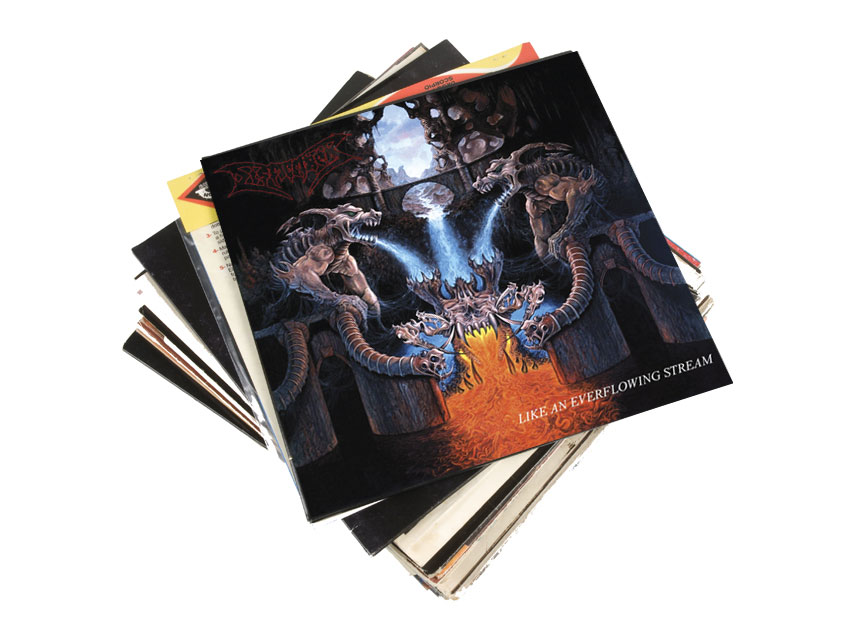
Guitar solos: the sorrow and chaos
Use them for eerie melodies - or as a portal to pandemonium.
"I think the guitar solos can either be just go into a fucking frenzy and go into this divebomb madness, and just totally nuts - like the Slayer stuff and all the Morbid Angel solos - or they can be more like what autopsy did, blending it up with blues-influenced shredding, which is more what I like because it adds a little bit of that old rock ’n’ roll, punkish flavouring to it.
"If you can get death into a death metal song I think you are on the right track"
"Then, of course, you have some of the Swedish bands who even incorporate it in some really sorrowful melodies. Nicke Andersson was mostly seen as the drummer in Entombed but he composed the songs and even put down guitar solos on Dismember’s first album [Like An Ever Flowing Stream], and those solos are amazing.
"They have a little bit of everything. They definitely have parts that you can hum along to, but they are not done in that Gothenburg cheesy, over-melodic way. It’s more eerie, dark and sorrowful, and if you can get death into a death metal song I think you are on the right track."
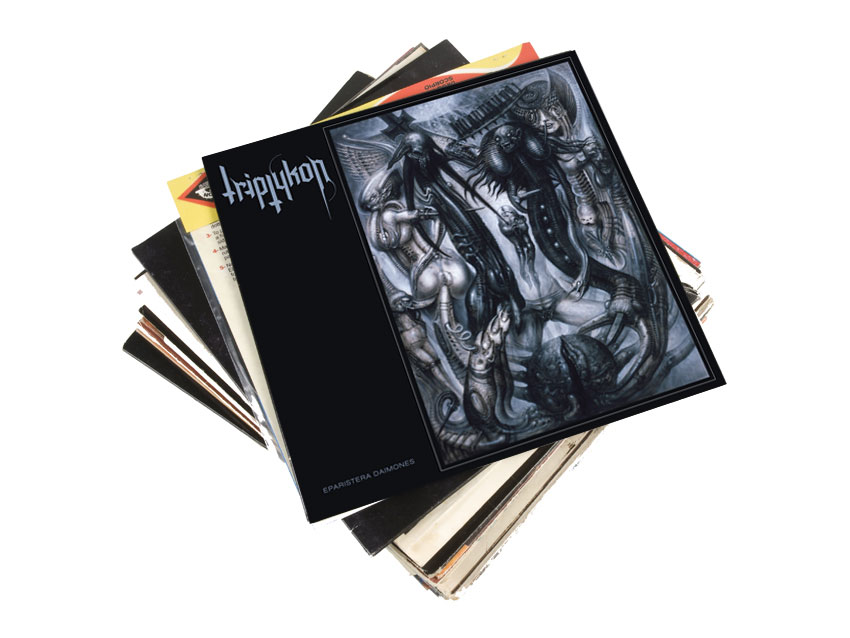
Above all, make it catchy
Death metal is extreme, atonal and weird, but the song is everything.
"It’s very important, otherwise you’re just going to end up with this linear noise thing, and nobody’s going to maintain an interest in something like that.
"Tom G Warrior [Celtic Frost, Triptykon] wrote some of the most simple, primitive and addictive hooks ever"
"Tom G Warrior [Celtic Frost, Triptykon] wrote some of the most simple, primitive and addictive hooks ever, and I think his influence on the second and third generations of death metal has been way bigger than anyone can imagine.
"There are very few songs that I find myself humming to, but there are riffs from all these periods that we’ve been talking about that are stuck in my head forever. I could be out on a walk and all of a sudden [Death’s] Pull The Plug comes on in my head from out of nowhere."
Jonathan Horsley has been writing about guitars and guitar culture since 2005, playing them since 1990, and regularly contributes to MusicRadar, Total Guitar and Guitar World. He uses Jazz III nylon picks, 10s during the week, 9s at the weekend, and shamefully still struggles with rhythm figure one of Van Halen’s Panama.


